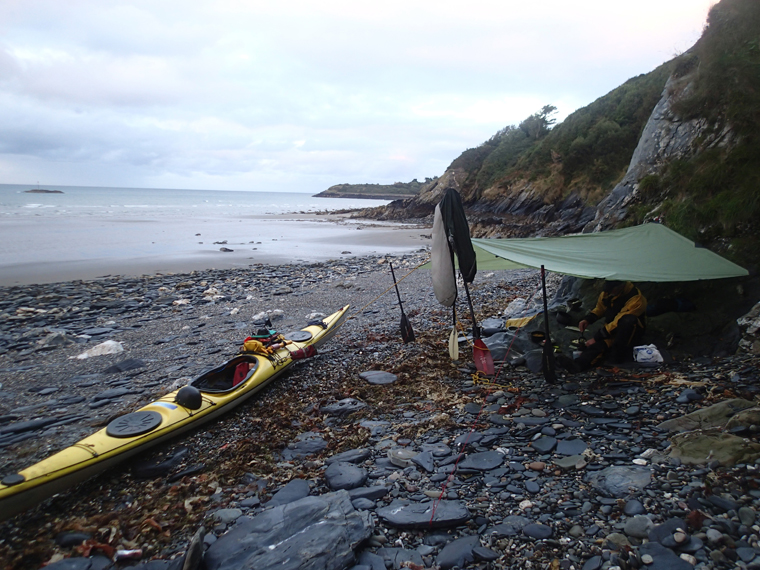Six of the best paddle expeditions
Paddling expert Richard Harpham reveals his six favourite canoe and kayak trips, from the beginner-friendly to the truly hardcore
Canoe Camping in Bedfordshire
Just one hour north of London, the River Great Ouse – the fifth longest river in Britain – meanders through leafy Bedfordshire. The jewel in the crown is Canoe Trail’s woodland campsite, which offers canoeing and camping in a wilderness setting. Starting in Bedford, this is an easy two-day trip which will allow you to build your basic canoeing skills, familiarise yourself with the kind of wild camping you’d encounter in rural Canada (minus the transatlantic flight) and master the joys of campfire cooking as well as, erm, long drop toilets.
Canoeing the River Tweed
The River Tweed meanders along the Scottish border, offering up some of the best canoeing in Britain with a great myriad of features (think rapids, weirs and plenty of wildlife). Along with its tributary, The Till, it’s the perfect spot for practising canoe skills like poling and surfing the canoe thanks to a mix of narrow sections, wide-open water and rapids. And, being mostly in Scotland, there’s plenty of opportunities for wild camping along its banks – just be sure to follow the Scottish Outdoor Access Code.
Devizes to Westminster International Canoe Race
The DW, as it is known, is seen as the UK’s most difficult canoe and kayak race, with participants paddling 125 miles from rural Wiltshire to the Houses of Parliament in under 24 hours. And if that wasn’t difficult enough, there are 77 testing portages along the route. This race attracts serious canoeists, endurance athletes and even the odd Olympian. It’s not a race to be taken lightly and requires serious training, so start planning now for the Easter 2017 race! If 125 miles in one day sounds… erm… a bit much, then you can also do it in a less super-human four days.
Sea kayaking the Red Sands Forts
Approaching these World War 2 forts feels like you are in a scene from War of the Worlds. Rising dramatically out of the Thames Estuary, each of these seven relics once housed 150 people, connected only by a series of walkways and gantries suspended above the roaring waters below. The forts were credited with downing 22 planes and 30 doodlebugs during the war. It is a 20-mile paddle to and from the Isle of Sheppey out to the forts, requiring good navigation skills as well as knowledge of tides and winds.
Sea kayaking to the Isle of Man

One of the most challenging sea kayaking trips I’ve done. Head off from the Isle of Whithorn near Dumfries to cross the Irish Sea to the northern tip of the Isle of Man, some 18 nautical miles (21 miles) away. This open sea crossing is tough at the best of times, but when I did it we faced Force 4-5 winds, hitting a large tide race off the headland with 4m (13ft) waves that required a surf landing on a stormy beach. An open crossing of this nature is for experienced paddlers only, but local providers Adventurous Experiences run sea kayaking on the island so you can experience the same locations with local guides. The Isle of Man itself offers great paddling with plenty of seals, rocky outcrops and caves, along with beaches perfect for wild camping on.
Canoeing the Yukon River
The Yukon River is one of the most incredible places to paddle on the planet, spanning untamed wilderness and Gold Rush country. The majority of people canoe from Whitehorse to Dawson City, about 460 miles, following the same route as the gold prospectors of yore. I was lucky enough to take it one step further, paddling 700 miles from Whitehorse to Circle in Alaska, a life-changing experience. The journey involves navigating the infamous Lake Labarge and there are two sets of rapids (5 Finger Rapids and Rink Rapids). The Yukon is a very achievable adventure for most people, although if you are less experienced you might want a guide.



